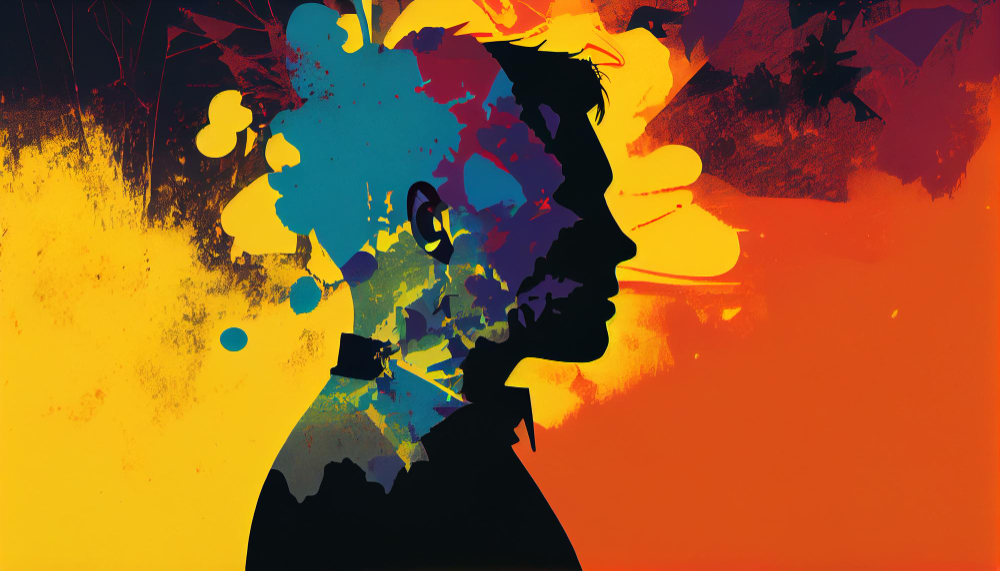Enhance eLearning with Color Psychology: Tips for Instructional Design
 vinay Bommena
vinay Bommena
Color is more than just a visual element; it has the power to influence emotions, perceptions, and behaviors. In eLearning, leveraging color psychology can enhance instructional design, making learning experiences more engaging and effective. Here’s how understanding and using color psychology can transform your eLearning courses.

Understanding Color Psychology
Color psychology is the study of how colors affect human behavior and emotions. Different colors can evoke different feelings and reactions, which can be strategically used in instructional design to improve learner engagement and retention.
Key Colors and Their Psychological Effects:
Red: Stimulates energy and excitement but can also indicate danger or urgency. Use it sparingly to highlight important information or actions.
Blue: Evokes calmness, trust, and professionalism. It’s ideal for backgrounds and content that require focus and concentration.
Green: Associated with growth, harmony, and safety. It’s perfect for creating a balanced and restful learning environment.
Yellow: Conveys happiness and optimism but can be overwhelming in large doses. Use it to grab attention or highlight key points.
Purple: Symbolizes creativity and luxury. It can be used to inspire and motivate learners.
Orange: Combines the energy of red and the happiness of yellow, promoting enthusiasm and creativity. It’s good for calls to action.
Black and White: Black can denote sophistication and authority, while white symbolizes simplicity and clarity. Use them to create contrast and readability.
Applying Color Psychology in eLearning
Setting the Tone
- Use color to set the emotional tone of the course. For instance, blue and green can create a calm and focused learning environment, while orange and yellow can add excitement and enthusiasm.
Enhancing Readability and Focus
- Ensure text is easy to read by using high-contrast color combinations. Black or dark gray text on a white or light background is a classic, readable choice. Avoid using too many bright colors for text, as they can strain the eyes.
Guiding Attention
- Use bold colors like red or orange to draw attention to critical information, such as instructions, warnings, or key points. Highlighting important sections can help learners focus on what matters most.
Creating Visual Hierarchy
- Establish a visual hierarchy by using different colors to differentiate between headings, subheadings, and body text. This helps learners navigate the content more easily and understand the structure of the information.

Encouraging Engagement
- Use vibrant colors for interactive elements like buttons, quizzes, and clickable links to make them stand out. This encourages learners to interact with the content and participate actively.
Providing Feedback
- Use color-coded feedback to reinforce learning. For example, green for correct answers and red for incorrect answers can provide immediate visual cues that help learners understand their progress.
Maintaining Consistency
- Maintain a consistent color scheme throughout the course to avoid confusion and create a cohesive learning experience. Consistency helps learners associate certain colors with specific types of information or actions.
Cultural Considerations
- Be mindful of cultural differences in color perception. Colors can have different meanings in different cultures, so consider your audience when choosing your color palette.
Practical Tips for Using Color in eLearning
Start with a Color Palette
- Choose a color palette that aligns with your course objectives and audience. Tools like Adobe Color or Colors can help you create harmonious color schemes.
Use Tools and Templates
- Utilize eLearning authoring tools and templates that offer customizable color options. Tools like Articulate Storyline and Adobe Captivate allow you to apply your chosen color schemes easily.
Test and Iterate
- Test your color choices with a sample group of learners to gather feedback on readability, engagement, and overall impact. Be prepared to make adjustments based on their feedback.
Combine with Other Design Elements
- Integrate color with other design elements like typography, images, and layout to create a visually appealing and effective learning experience.

Conclusion
Color psychology is a powerful tool in eLearning instructional design. By understanding how different colors influence emotions and behaviors, you can create courses that are not only visually appealing but also more engaging and effective. Whether you’re highlighting key information, guiding attention, or setting the overall tone, thoughtful use of colors can enhance the eLearning experience and improve educational outcomes.
Subscribe to my newsletter
Read articles from vinay Bommena directly inside your inbox. Subscribe to the newsletter, and don't miss out.
Written by
